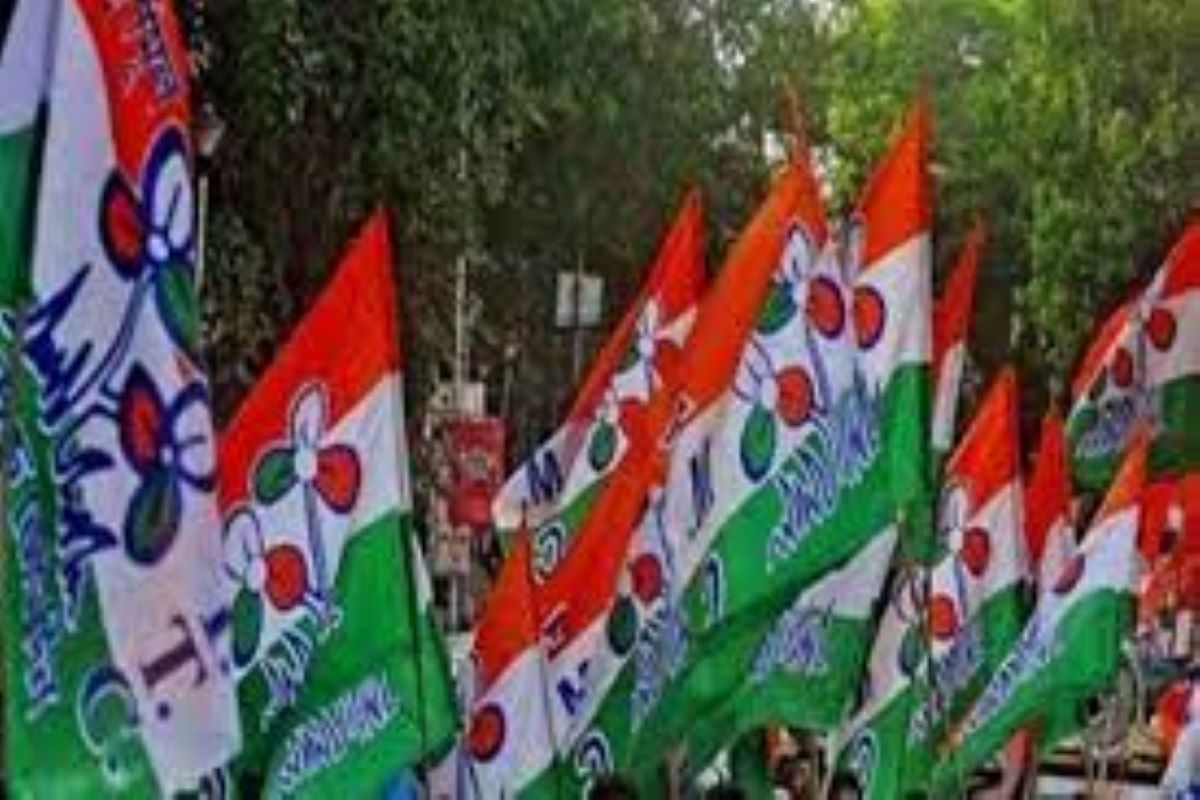Bamboo barricades have been put up around roads in central Kolkata. Raised platforms have been erected in the middle of the business square of Esplanade and Trinamool leaders are rushing back to the city from their respective places of official and other visits. This is all in preparation for tomorrow, July 21, which ever since Trinamool came to power in 2011, has been observed as “Martyr’s Day.”
In fact, July 21 is etched in the memory of the Trinamool leaders who were part of the processions which took place that day twenty years ago, in 1993. They were violently stopped by the police of the then Communist regime and then the fateful event happened and thirteen people were shot dead. Professor Saugata Roy, Member of Parliament from the Dum Dum constituency, was accompanying Mamata Banerjee, who was then the Indian National Congress’ (INC) Youth Congress leader. Prof. Roy too was a member of the INC. Trinamool had still not been formed. It was five years later, in 1988, that the party was founded by Didi, who broke away from the INC. Prof Roy, who joined Mamata and The Trinamool when it came into existence, had been close to the firebrand leader. Sitting in his home in Kolkata’s Lake Gardens, he reminisces about that day two decades ago.
Advertisement
He says, “Our goal was to reach Writers’ Buildings (the then state secretariat) with our workers and supporters to put pressure on the then Communist government to ensure photo Voter ID cards are issued to the electorate of West Bengal in order to stop ‘rigging’ which was quite rampant at that time.”
Ray says that they had put up raised platforms with podiums at five different approaches to Writers’ Buildings. “It was supposed to be a peaceful program and no violence or bloodshed was intended. We had planned to hold meetings throughout the day. Mamata had organized a set of rallies which were taking part in the five different approaches to the secretariat,” Prof Roy continues. He laments that “Unfortunately, it turned gruesome.” Stopped violently as they marched towards the Secretariat, the crowds, which had thronged to the processions, started running helter-skelter. “Mamata was at the Mayo Road rally,” he says.
“When she heard that the people who were at the Brabourne Road rally had been lathi-charged (beaten with police batons) she wanted to rush there. Police had earlier lathi-charged the Mayo Road gathering too and Pankaj Banerjee (INC leader, former leader of the Opposition in Bengal and one of the founding members of Trinamool) was injured. Mamata got hurt too but it was she who stepped in to calm the situation and control the crowd,” recalls Prof Roy.
Roy makes light of his own injuries and brushes it off as just a few bad lashes from the police batons while trying to protect Mamata from getting beaten up. “It was not much in my case. I was hit in the back with police lathis while trying to cover Mamata,” he says.
By this time the crowds had gotten incensed and a section of people tried to breach the police barricade near Writers’ Buildings. A few people pelted stones and bricks. A police officer got hit in the head. The police first released tear gas and then they fired the shots that killed thirteen people. “The important point to note is that on that day thirteen of our supporters died,” says Prof. Roy.
“Others would have died had it not been for the timely intervention and donation of blood by our supporters. The boys fought the police bare-handed and they told us to ensure Didi leaves the venue so that she does not get further hurt. She had already sustained injuries to her belly. I paid heed and took her to the hospital to get her admitted.
Prof Roy says that while the memories of July 21 still haunts, he thinks, “life must go on.” So July 21, has gone from being an “observation” of Martyr’s Day to its “celebration” with crowds and spectators gathering near the diases, rejoicing and singing Rabindra Sangeet and other songs, not to mention, paeons to the Trinamool.











